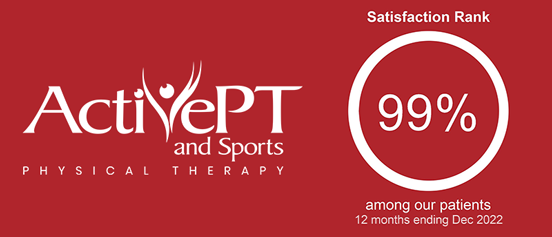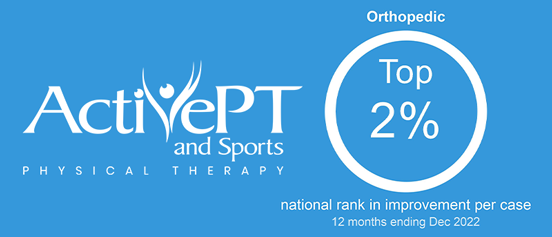by Mary Kleis, DPT, and Heather Dunfee, DPT
The short answer is that there are a lot of possible reasons. Loss of bladder control can be due to poor control or timing of pelvic floor muscles. There can be weakness, tightness, or pain contributing to the problem. Pelvic organ prolapse is a condition that results in the dropping of pelvic organs from their normal position due to injury to the muscles or tissues that support the uterus, bladder, or rectum. Leaking urine while running can occur any time during the run. Some report loss of control during the final kick of a race, others do not know when to expect the leakage. Discovering the trigger can be helpful in creating a program to help solve the problem. Sometimes leaking with running can be avoided by addressing breathing, improving capacity of the pelvic floor or your running capacity, or improving your posture and running gait pattern. Be wary of any advice that provides a one size fits all approach. A pelvic floor physical therapist is trained to screen for medical conditions which may be contributing and to evaluate to see if pelvic floor PT is right for you.
WHAT IF MY BLADDER CONTROL PROBLEMS ARE NOT JUST WHEN RUNNING?
Pelvic floor dysfunction can cause other problems. Stress urinary incontinence refers to loss of control of urine with a cough, sneeze, laugh, or physical activity. Urgency refers to loss of urine with a strong urge to void. Overflow incontinence refers to leaking due to not emptying your bladder when it is full. Other urinary symptoms include increased frequency (unable to hold urine for 2-3 hours), nighttime voiding if you are under 65 (you should be able to sleep through the night without waking to pee), or a mix of any of these.
DOES THIS ONLY HAPPEN TO ME?
Research reports vary, but if you look at 3 women it is likely that at least 1 has experienced some type of pelvic floor dysfunction. 1 in 4 female high school and college athletes report stress urinary incontinence. Between 15-80% of female athletes report symptoms, with an association between high-impact sports and high training volumes. One in two women do not report their symptoms to their healthcare team. The lack of reporting is unfortunate because, for many, there is help available.
WHAT DO YOU MEAN BY “PELVIC FLOOR MUSCLES?”
The pelvic floor is a system of muscles, ligaments and connective tissues that create a sling to support pelvic organs. These muscles are important for control of bowel and bladder function, sexual appreciation, breathing, and core stability. In a normal functioning pelvic floor, the reflexive action prevents leaking during impact or changes in intra-abdominal pressure such as during a sneeze, cough, or laugh. A normal pelvic floor also relaxes when you inhale, is not painful with intercourse, and has no loss of bladder or bowel control.
CAN I JUST DO “KEGEL” EXERCISES?
Pelvic floor muscle strengthening is appropriate for muscles that have the ability to relax between contractions. Research has shown that even with instructions, only 49% of women do the exercise correctly. Even more concerning, is that 25% of women are doing the opposite movement and contributing to incontinence symptoms. Difficulty with coordination can also be due to tight muscles, and in that case strengthening exercises would not be the first treatment.
WHAT IS A “KEGEL” EXERCISE
Pelvic floor strengthening exercises were first described by Dr. Arnold Kegel, a gynecologist who recognized muscle weakness in women after childbirth. Keep in mind that these exercises must be performed correctly in order to be beneficial. Begin lying on your back in a comfortable position. Practice breathing so that your belly rises as you breathe in and then falls as you breathe out. Focus on dropping your pelvic floor as you breathe in. When you feel comfortable with this, add a pelvic floor contraction as you breathe out. A contraction consists of squeezing and lifting the muscles you use to prevent peeing or passing gas. You can think about “closing the vagina” and then lifting upward. Completing these exercises in sitting and standing increases the difficulty as these positions require a lift against gravity. Pelvic floor muscle training should include coordination, endurance (holding for up to 10 seconds), speed, and progressing to hold with a gradual introduction of movements and impact activities. If you have questions about whether you are performing them correctly, schedule a free screening appointment and we can help you self-assess.
IMPORTANT: Relaxation of pelvic floor muscles is just as important as contraction. Avoid overtraining – sometimes leaking is due to overactive pelvic floor muscles. Ensure you are completing your practice correctly. Consult with one of our pelvic floor specialists for assistance as needed.
DO YOU HAVE ANY OTHER TIPS TO PREVENT PEEING WHILE RUNNING?
Avoid holding a pelvic floor contraction to allow the reflexive activation of these muscles. Release jaw, core, shoulder, and pelvic floor tension. Manage impact forces with soft landings. Avoid over-striding and introduce a slight forward lean to reduce heel strike. Strengthen your hip muscles, core, pelvic floor muscles, and improve your balance. Train to improve your cardiovascular fitness and running capacity so you can control your breathing while running. If you have pelvic organ prolapse, consult with your doctor about using a pessary. Finally, consult with one of our pelvic floor specialists if you continue to have difficulty.
Look for our next topic coming soon: Sex Is Not Supposed To Be Painful
PELVIC FLOOR THERAPISTS AT ACTIVE PT
Meet two of our pelvic health therapists at ActivePT. Mary and Heather are passionate about keeping you active. Bladder issues shouldn’t hold you back from the activities you love. Schedule a free 15-minute appointment in person or via live video visit to get your questions answered today. Check out our Running Performance Packages to improve your running form and reduce your risk of a running-related injury!





